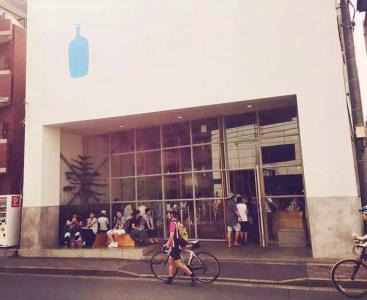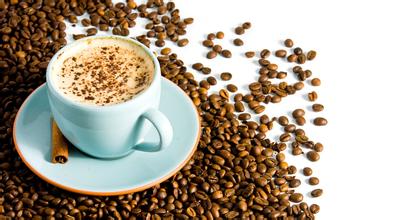Brief introduction of the origin of grinding scale for flavor description of Brazilian Minas coffee beans
Brazil Minas coffee beans have what varieties Flavor Description Grinding Scale Origin Introduction
Brazil is the world's largest coffee producer
Brazil produces about a third of the world's coffee annually (by far the world's largest coffee producer and exporter). In 2015, Brazil produced 36.89 million bags of coffee (60kg each). How many cups can you imagine?
The country's coffee production and market trends have a knock-on effect on international coffee market prices, meaning that a drought in Brazil can lead to higher global coffee prices. With so much production, many coffee lovers believe that Brazilian coffee values quantity over quality, making it difficult for Brazilian coffee producers to market their beans.
Brazil has two million hectares of land devoted to coffee, the largest being Arabica, and the beans end up in the hands of large international roasters known as Santos. After 2000, because of the coffee competition, the quality of coffee beans produced in the southern high-altitude areas was appreciated, mainly by the farms around Minas plateau, and the quality of coffee was the largest among Brazilian beans, such as the West of Minas and Matas in the east, Bahia in the north or small farms in the south, Minas almost became synonymous with Brazilian fine coffee. Coffee competitions in recent years have been refined to the point of differentiation by treatment (water treatment/semi-washing/semi-solarization/solarization), developing a wide variety of flavors, tastes, and aftertastes that are very different from traditional Brazilian coffee. Especially with semi-sun and sun method performance best, clean low acid fruit aroma increased, so that the rich chocolate flavor reduced farm picking coffee does not use machine harvest, manually picked fully mature coffee beans, dry aroma with citrus, fruit tea aroma, wet aroma with black tea fragrance, taste showing jasmine, herbal tea elegant aroma, aftertaste is a strong alcohol oolong tea feeling. It tastes very fresh and gentle. It is a rare and amazing work in Brazil.
Most Brazilian coffees are treated naturally (solarization) or semi-washed. Natural processing means that coffee cherries are dried directly after picking, with the peel and pectin. Natural processing methods enhance the body, sweetness, smoothness and flavor diversity of coffee beans. Brazil has low rainfall and long sunshine hours, which make it suitable for natural treatment methods.

Important Notice :
前街咖啡 FrontStreet Coffee has moved to new addredd:
FrontStreet Coffee Address: 315,Donghua East Road,GuangZhou
Tel:020 38364473
- Prev

Coffee lovers introduction to the taste description of Nicaraguan boutique coffee beans
Coffee lover Nicaraguan boutique coffee beans taste description introduced in the medium and deep roasting degree, with a certain sweet, sour taste is not obvious, the rhyme with a little chocolate and dried fruit flavor, as the temperature decreases, you can feel the acid, but still very mild. The taste is clean, but the mellowness and persistence in the mouth are lacking. Suitable for whether or not like sour coffee, like the taste
- Next

Flavor characteristics of Yejia Coffee beans A brief introduction to the Grinding scale of the Manor
A brief introduction to the Flavor Grinding scale of Yega Coffee beans in the Manor A brief introduction to the Flavor Grinding scale of Yega Coffee beans; the beans are small and neat, short and round, and the Ethiopian sun beans are generally G3--G5, but this bean is G2 (about the grading of Ethiopian coffee beans, I will open a new post), which is equal to the grade of washed beans, although there are still a few defective beans, but compared to Harald and Sidamo sun beans
Related
- Detailed explanation of Jadeite planting Land in Panamanian Jadeite Manor introduction to the grading system of Jadeite competitive bidding, Red bid, Green bid and Rose Summer
- Story of Coffee planting in Brenka region of Costa Rica Stonehenge Manor anaerobic heavy honey treatment of flavor mouth
- What's on the barrel of Blue Mountain Coffee beans?
- Can American coffee also pull flowers? How to use hot American style to pull out a good-looking pattern?
- Can you make a cold extract with coffee beans? What is the right proportion for cold-extracted coffee formula?
- Indonesian PWN Gold Mandrine Coffee Origin Features Flavor How to Chong? Mandolin coffee is American.
- A brief introduction to the flavor characteristics of Brazilian yellow bourbon coffee beans
- What is the effect of different water quality on the flavor of cold-extracted coffee? What kind of water is best for brewing coffee?
- Why do you think of Rose Summer whenever you mention Panamanian coffee?
- Introduction to the characteristics of authentic blue mountain coffee bean producing areas? What is the CIB Coffee Authority in Jamaica?

